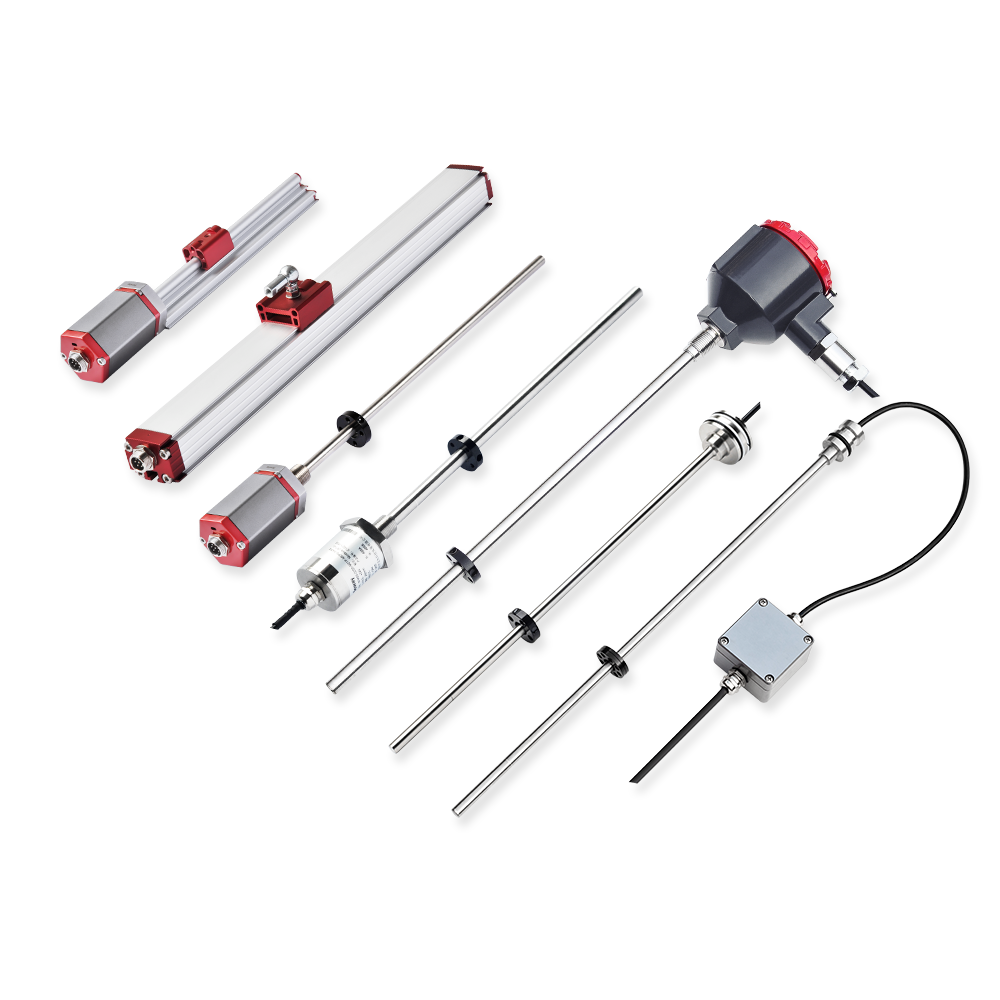The Advantages of Non-Contact Measurement in Magnetostrictive Displacement Sensors
In the realm of precision engineering and industrial automation, the accuracy and reliability of displacement measurements are critical. One technology that stands out for its exceptional performance in these areas is the magnetostrictive displacement sensor. Manufactured by Shenzhen Soway Technology Development Co., Ltd., these sensors leverage the principle of non-contact measurement to deliver high-precision results with minimal maintenance.

The Principle of Non-Contact Measurement
Non-contact measurement is a method where the sensor does not physically touch the object being measured. Instead, it relies on detecting changes in a magnetic field to determine the position or displacement of a target. In the case of magnetostrictive displacement sensors, a magnetic field is generated along a waveguide, and the interaction between this field and a position magnet provides the necessary data for precise measurements. This innovative approach is utilized in various models, such as the SDM20T and SDM40S, which are designed to meet different industrial requirements.
Advantages of Non-Contact Measurement
1. Reduced Mechanical Wear
One of the most significant benefits of non-contact measurement is the reduction in mechanical wear. Traditional contact-based sensors often experience friction and wear due to constant physical interaction with the measured object. This wear can lead to decreased accuracy over time and necessitate frequent maintenance or replacement. In contrast, non-contact magnetostrictive sensors avoid these issues entirely. The absence of physical contact means there is no friction to degrade the sensor's components, resulting in a longer operational lifespan and consistent measurement accuracy.
2. Enhanced Reliability
Non-contact measurement significantly enhances the reliability of magnetostrictive displacement sensors. Since there are no moving parts in direct contact with the measured object, the risk of mechanical failure is minimized. This is particularly important in harsh industrial environments where sensors are exposed to extreme temperatures, vibrations, and contaminants. The robust design of non-contact sensors ensures they can operate reliably under such conditions without degradation in performance.
3. High Precision and Repeatability
Magnetostrictive displacement sensors are renowned for their high precision and repeatability. Non-contact measurement plays a crucial role in achieving these qualities. By eliminating the variability introduced by mechanical contact, these sensors can deliver highly accurate and consistent measurements. The resolution of these sensors can be as fine as 0.001 mm, with nonlinearity and repetitive errors kept to a minimum (0.1% F.S. and ≤0.01% F.S., respectively). This level of precision is essential for applications in industries such as oil, chemical, steel, and manufacturing, where even minor deviations can have significant impacts.
4. Low Maintenance Requirements
Another key advantage of non-contact measurement is the reduced need for maintenance. Contact-based sensors often require regular calibration and adjustment to maintain accuracy. In contrast, magnetostrictive displacement sensors do not need frequent recalibration or maintenance. Their non-contact design ensures that they remain accurate over extended periods, reducing downtime and maintenance costs. This makes them an ideal choice for applications where continuous operation is critical.
5. Versatility in Applications
The non-contact nature of magnetostrictive displacement sensors allows them to be used in a wide range of applications. They can measure linear displacement, position, and velocity with high accuracy, making them suitable for various industrial processes. Whether used in hydraulic cylinders, machine tools, or robotic arms, these sensors provide reliable and precise data without the need for physical contact with the moving parts. This versatility is further enhanced by their ability to operate in challenging environments, such as those with high pressure, temperature fluctuations, and exposure to chemicals.
